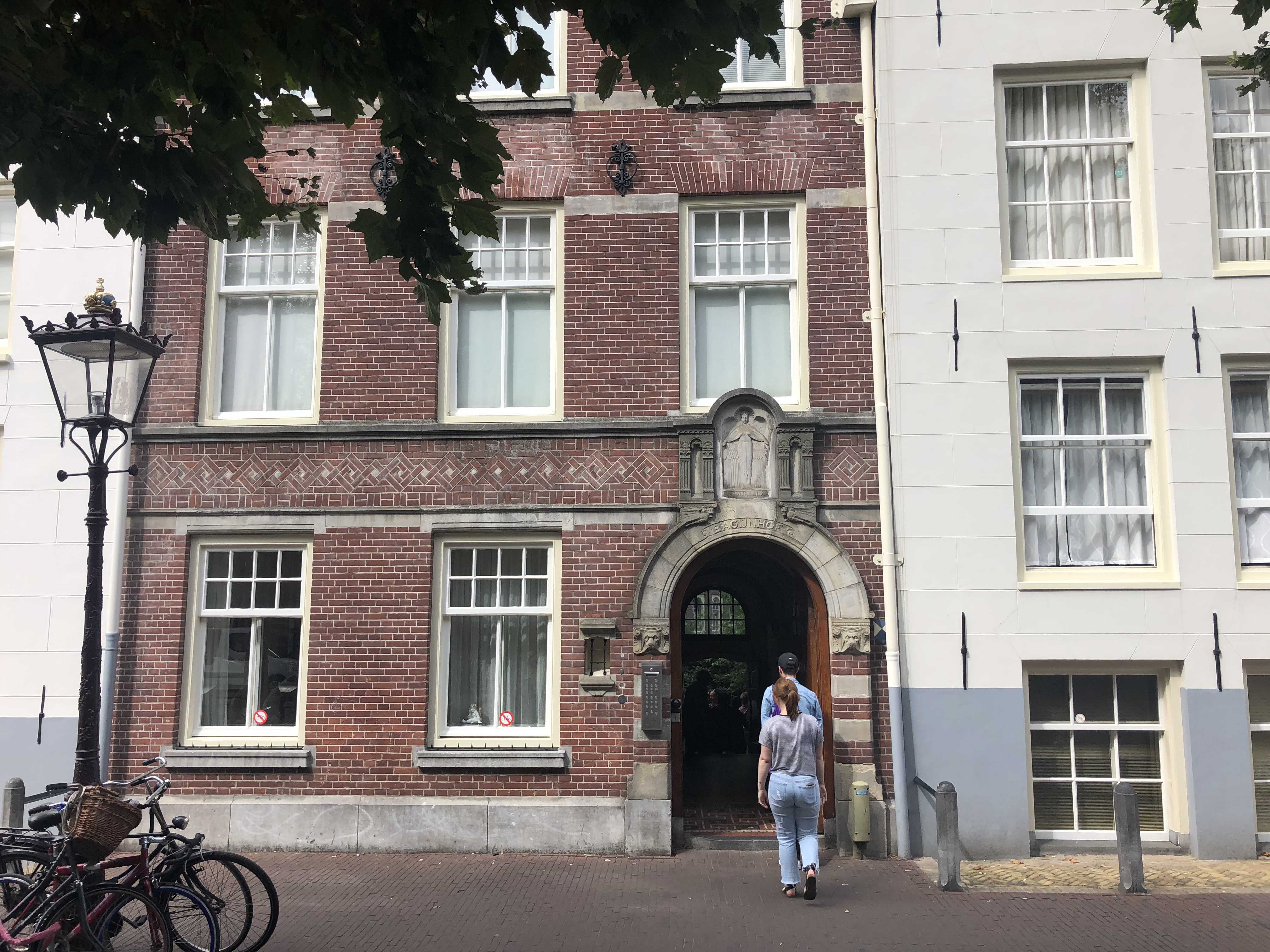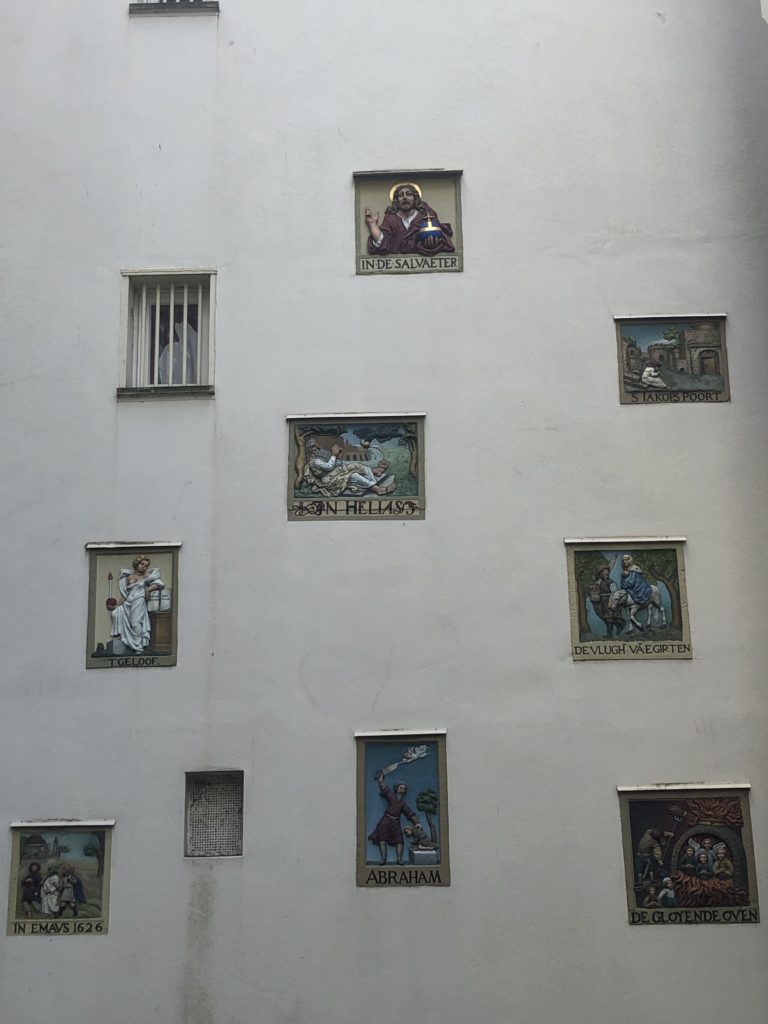Begijnhof Amsterdam


In the Amsterdam of days gone by, if you were homeless, destitute or ill, you may have been taken in and cared for by a religious order in an almshouse. A hofje is a courtyard that is encircled by a number of almhouses. Now, in the 21st century, hofjes have become cultural tourist attractions, the most popular of which is the Begijnhof.
Part of the attraction of the hofjes is the “hide and seek” nature of hofje streets. These quiet enclaves tend to be hard to find. The courtyards were typically built with only one hard-to-find entrance at the end of an alleyway.
If you wish to take a walking tour of the hofjes of Amsterdam, and also enjoy the quiet atmosphere of these little groups of narrow, three-storey houses, visit the Jordaan district, about a 20-minute walk from the Centraal Train Station. However, to tour the Begijnhof, you must change direction and head to the centre of Amsterdam. From the Dam, take a 10-minute walk to Begijnhof 30, 1012 WT. Enter the Begijnhof near the American Book Centre, which is on Spui 12. The entrance is shown in the image above.

The Begijnhof was originally home to a religious group of Catholic women, the Beguines, who were relatively independent, as they did not take vows. One of the two churches inside the Begijnhof is a “hidden” chapel that was not affected by the “Alteration” of the 16th century.
Built during the 14th century (and some say the 12th century), the façade of the Begijnhof was completely changed to typical Amsterdam stone during the 17th and 18th centuries. However, there is one wooden house at 34 Begijnhof, which may be the oldest remaining house in Amsterdam.
When you visit, lower your expectations for a quiet time, as the Begijnhof is a very popular destination amongst tourists. However, this beautiful hidden courtyard is still a gem to turn to for some calming time away from the busy streets surrounding it.